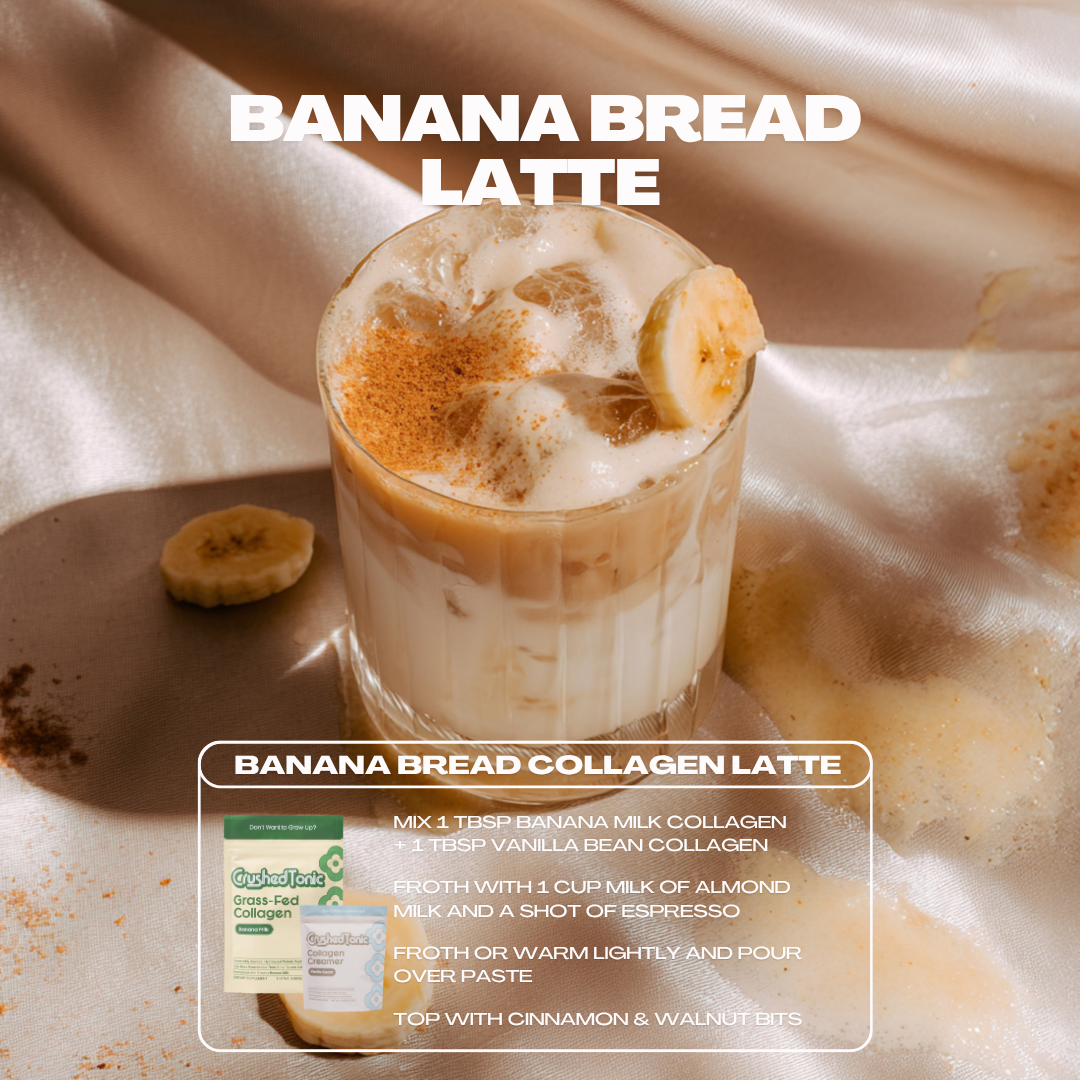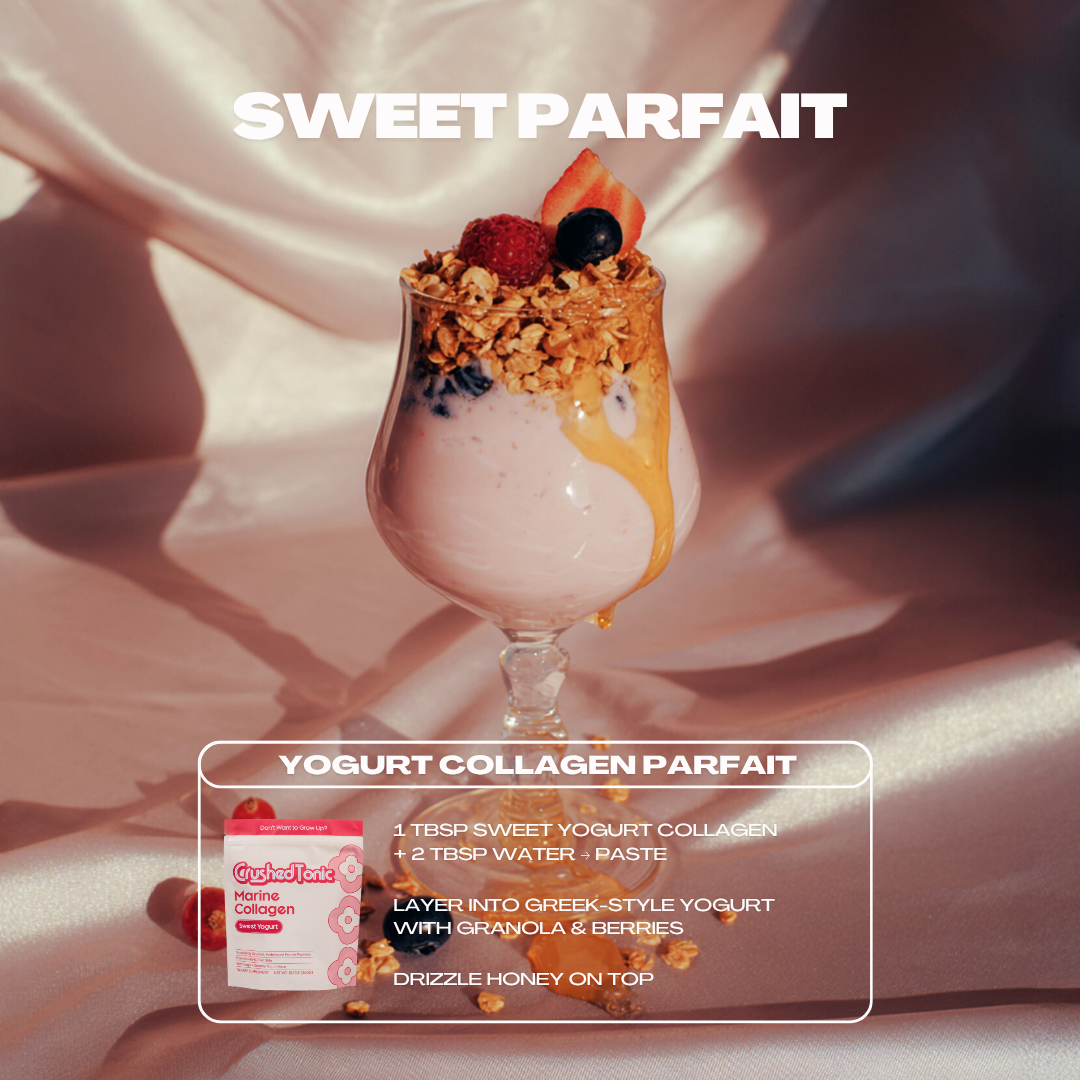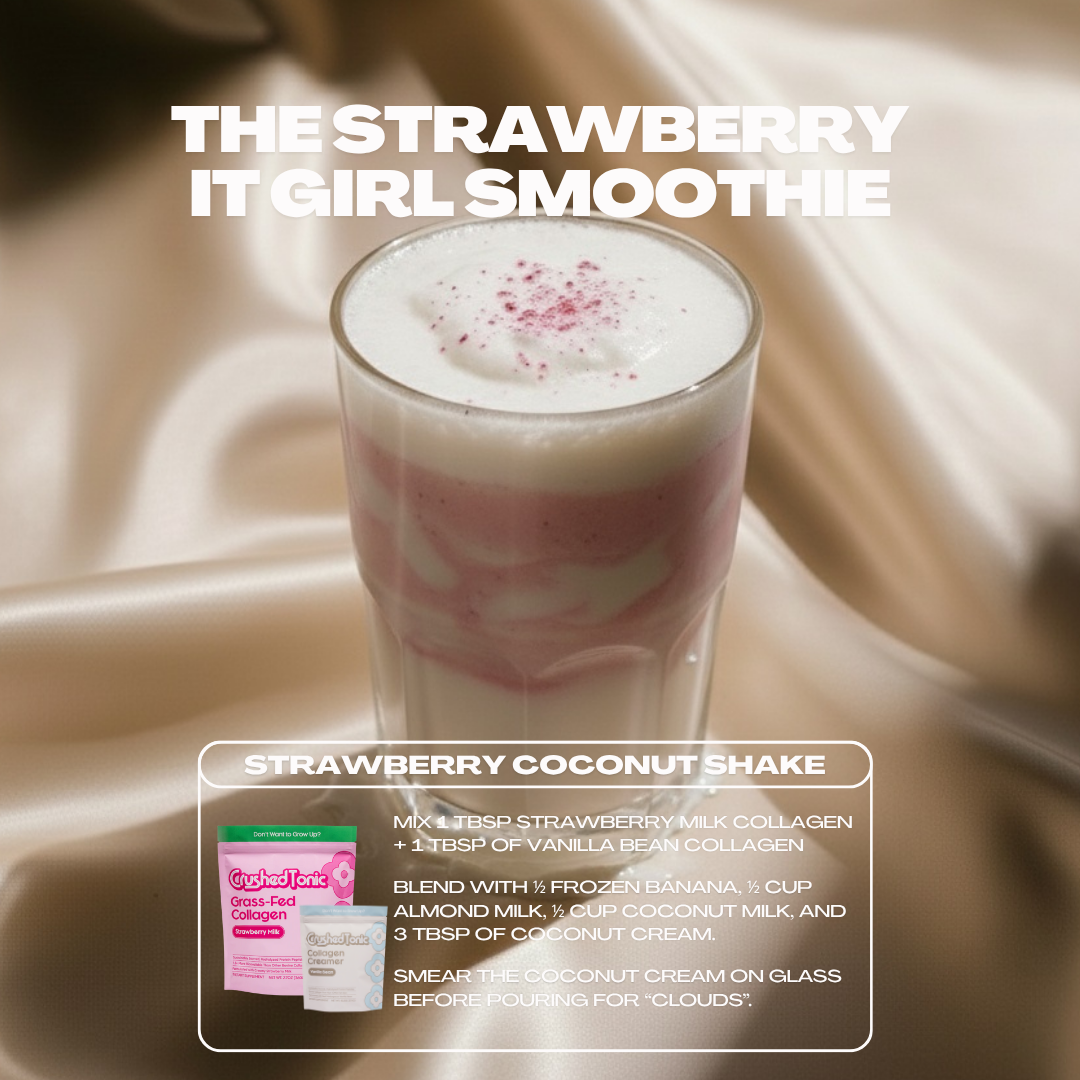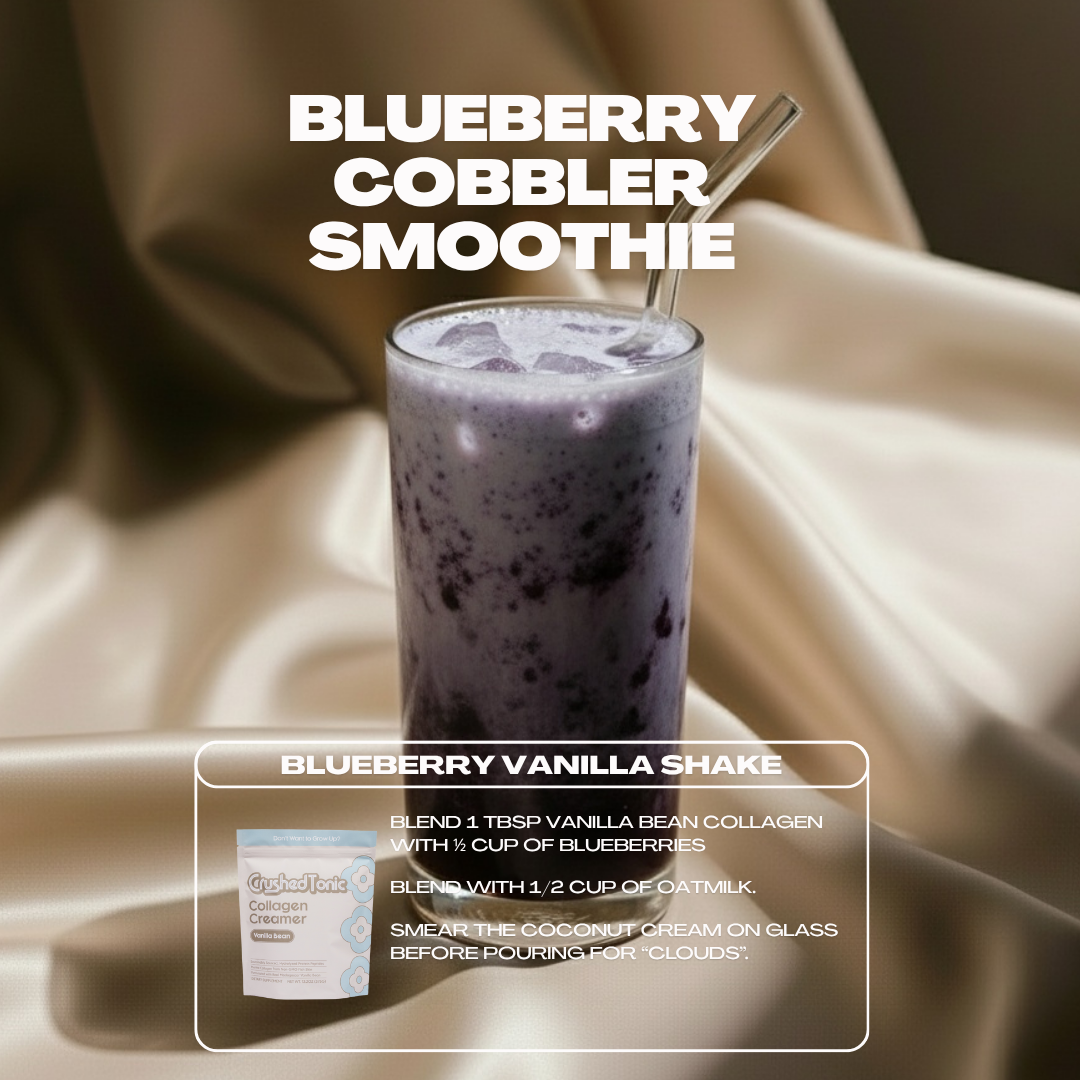There is emerging evidence that our gut plays an important role in our overall health and well-being that extends far beyond digesting food! Here are some of the reasons scientists have nicknamed the gut our “second brain” and started to pay more attention to the bugs in our bellies.
The "Second Brain" and the Microbiome Balance
- There are more neurons in our guts (the enteric nervous system) than in our spinal cords -- approximately 100 million!
-
The vagus nerve is responsible for conveying messages between the gut and the brain. 80 to 90% of the nerve fibres carry information upstream, i.e. from the gut to the brain, not vice versa! These signals impact our mood, anxiety levels, and response to stress.
-
We have more bacteria in our guts than cells in our bodies! These "good" bacteria comprise what is referred to as the gut microbiome. This microbiome actually supports the immune system, improves intestinal motility, produces vitamins including B and K, and helps the body to destroy harmful bacteria and absorb nutrients.
-
The complex gut microbiome also communicates with the enteric nervous system and produces chemical messengers called neurotransmitters (NT) that relay information between nerve cells. In fact, more than 50% of the dopamine and 90% of the serotonin in our bodies is produced in the gut. These NTs are involved in emotional regulation.
-
There is growing evidence that a healthy gut microbiome can help to reduce inflammation, and improve memory, concentration, and mood.
What Happens When The Microbiome is Thrown Off-Balance?
We all have a delicate balance of "good" and "bad" bacteria in our digestive tracts. Abnormalities in this balance and the gut-brain-axis have been associated with numerous conditions including arthritis, eczema, nutrient malabsorption, chronic fatigue, functional gut disorders like irritable bowel syndrome, and mental and neurocognitive disorders such as depression and autism.
Modern day society has adopted numerous practices that disrupt the microbiome balance. We have reduced the natural beneficial bacteria through things like antibiotic use and the pasteurization and irradiation of food. At the same time, we have increased harmful bacteria by eating diets loaded with processed carbs and sugar.
So How Can We Restore the Microbiome Balance?
First of all, we can make an effort to reduce our intake of foods that promote the "bad" bacteria. These include processed foods, refined sugars and artificial sweeteners. We can also introduce gut-friendly foods such as collagen, prebiotics and probiotics. Take a look at the lists below and consider how you might incorporate some of these products (perhaps along with pre and/or probiotic supplements) into your regular diet. Of note, I include many of them in my Food Joy recipes, so that may be a good place to start!
1. Prebiotics
Prebiotics are specialized non-digestible plant fibres -- such as inulin, oligofructose, lactulose, and resistant starch -- that nourish the good bacteria present in the gastrointestinal tract. They can be thought of as food or fertilizer for the healthy bacteria.
Prebiotics are found naturally in certain vegetables, grains and roots, including asparagus, Jerusalem artichokes, dandelion greens, jicama, under-ripe bananas, apples, garlic, onion, leeks, cabbage, sweet potatoes, barley, and chicory root. Other sources include raw honey, coconut flour, chia seeds, hemp seeds, flax seeds, and pumpkin seeds.
2. Probiotics
Probiotics are "good" bacteria and yeasts that help to restore the normal flora and keep the gut healthy. There are many different probiotics, with lactobacillus and bifidobacterium being the two most common groups.
Probiotic supplements have gained mainstream popularity and are recommended by many physicians, myself included. Probiotics can also be found in fermented foods including live cultured yogurt, kefir, kombucha, kimchi, sauerkraut, miso, and even raw cacao (yes!!).
3. Collagen
Collagen is a natural protein found predominantly in skin, bones, joints and ligaments as well as the digestive tract. Our bodies make collagen using specific amino acids that we consume through food. The main collagen-forming amino acids are glycine, proline and hydroxyproline. Unfortunately, as we age, our bodies produce less and lower-quality collagen. This contributes to the wrinkles, joint problems and reduction in bone density and metabolism that many of us have already started to experience!
Research also suggests that adequate collagen is necessary to balance the gut microbiome and maintain a healthy digestive tract. In addition to acting as a prebiotic, collagen is believed to reduce inflammation and support the integrity of the mucosal barrier or gut lining. This helps to prevent what is sometimes referred to as the "leaky gut syndrome".
In a leaky gut, undigested proteins and microbes are allowed to pass through the intestinal wall. Over time, this may lead to chronic inflammation, dysfunction of the immune system and gut-brain-axis, and the associated conditions discussed above.
To help our bodies make collagen, we must first ensure an adequate intake of the amino acid building blocks. Good food sources include grass-fed gelatin (which is basically an easily digested cooked form of collagen), bone broth, eggs, and white fish such as cod. There are also a number of collagen supplements available. Two I use regularly are Vital Proteins collagen peptides and Bulletproof upgraded collagen.
Vegans can get the necessary amino acids from foods such as legumes (including peanuts), soy, brewer’s yeast, and spirulina. If you are vegan, I would encourage you to learn more about the plant-based options.
Along with the necessary amino acids, it is important to consume a diet rich in antioxidants (from eating the rainbow of veggies and fruit!), omega 3s, zinc, and sulphur-containing foods such as garlic, leeks and onions. These compounds reduce inflammation and help to synthesize and protect against collagen breakdown.
The Bottom Line Basics for a Healthier Gut
Science is only starting to understand the complex and beautiful connections between our guts, bodies and brains. More research is certainly needed. However, in the meantime, if we look at the pros and cons, there is very little “downside” to paying more attention to how we nourish our bodies. If the above information seems like TMI or you are desperate for some “hard science”, I have provided some basic gut-friendly suggestions and a few research papers below.
The Basics
- Reduce processed food and sugar.
-
Eat lots of different and colourful veggies.
-
Consume fermented foods and consider probiotic supplements.
-
Get your healthy fats including omega 3s.
-
Go for high quality protein including foods rich in collagen and its building blocks.
Reference Papers
Carabotti, Maria, Scirocco, Annunziata, Masseli, Maria Antonietta, and Severi, Carola. (2016). The gut-brain axis: interactions between enteric microbiota, central and enteric nervous systems. Annals of Gastroenterology, 28(2), 203-209.
Heijtz, Rochellys Diaz, Wang, Shugui, et. al. (2011). Normal gut microbiota modulates brain development and behaviour. Proceedings of the National Academy of Sciences of the United States of America, 108(7), 3047-3052.
Kennedy, Paul J., Cryan, John F., Donna, Timothy G., and Clarke, Gerard. (2014). Irritable bowel syndrome: A microbiome-gut-brain axis disorder? World Journal of Gastroenterology, 20(39), 14105-14125.
Sang, H. Rhee, Pothoulakis, Charalabos, and Mayer, Emeran A. (2009). Principles and clinical implications of the brain-gut-enteric microbiota axis. Nature Reviews Gastroenterology and Hepatology, 6, 306-314.
Slavic, Joanne. (2013). Fiber and Prebiotics: Mechanisms and Health Benefits. Nutrients, 5(4), 1417-1435.






